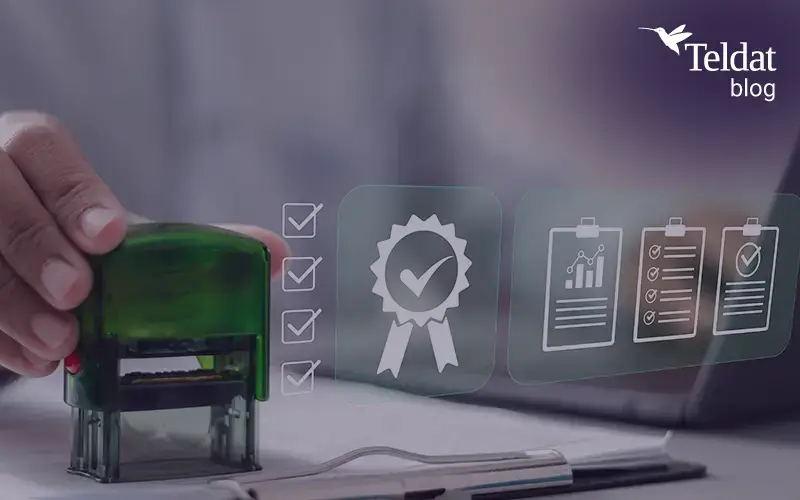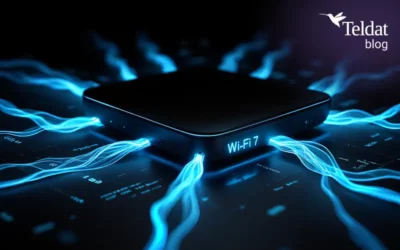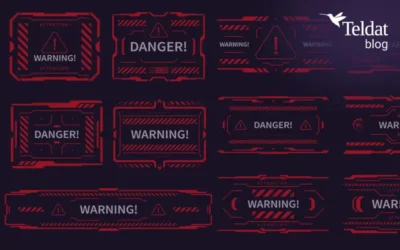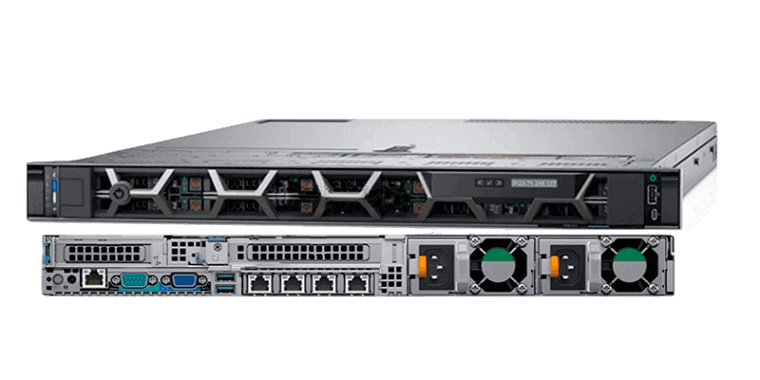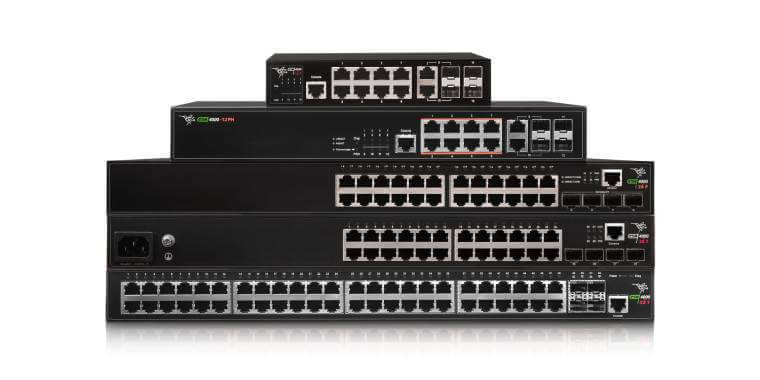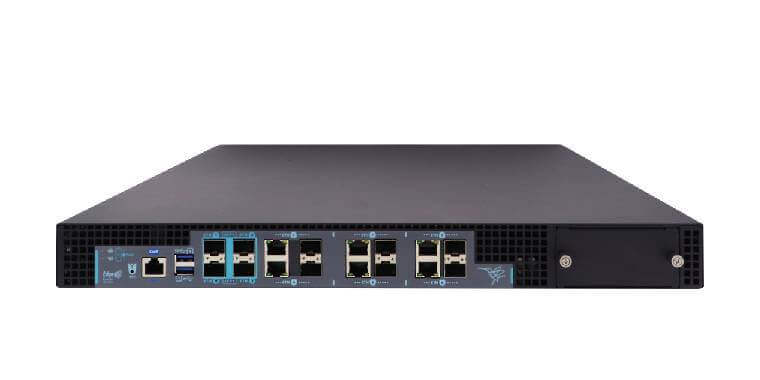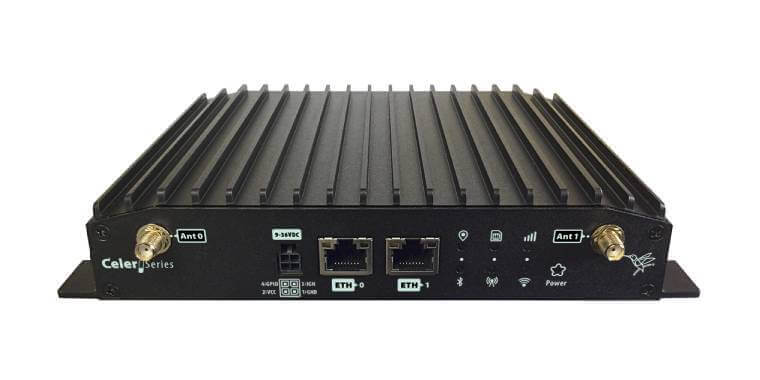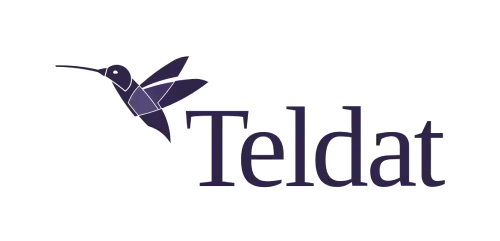The certification of devices equipped with radio technology, together with their corresponding marking, has always been essential to ensure operational safety, electromagnetic compatibility, and the interoperability between systems. These processes were traditionally considered a regulatory obligation to access certain markets. However, due to the rapid growth of wireless devices, the expansion of the Internet of Things (IoT), and the globalization of e-commerce, proper product certification has become a strategic requirement that directly impacts commercial viability and legal compliance.
Today, CE marking and other international certifications represent not only mandatory regulatory compliance but also an essential mechanism for ensuring user safety, minimizing electromagnetic interference with other devices, and optimizing competitiveness in the global marketplace.
Types of Certification: CE, FCC, and more
The two most widely recognized certifications across the world are:
- CE (Conformité Européenne): Mandatory certification for the marketing of devices within the European Economic Area. It certifies the product meets the applicable European directives.
- FCC (Federal Communications Commission): A fundamental requirement to break into the US market, especially when it comes to devices that operate using radio frequency emissions.
In addition, several countries have their own regulations, including specific technical standards and particular regulatory procedures, such as:
- IC (Innovation, Science and Economic Development Canada): Certification required in Canada for trading purposes.
- UKCA (UK Conformity Assessed): Implemented after Brexit as the British equivalent of the CE marking.
- MIC (Japan), KC (South Korea), SRRC (China): Mandatory certifications for Asian markets, each with its own testing protocols and specific documentation requirements.
As a result, if they wish to operate internationally, manufacturers have to take all of this into account from the design phase.
International Certification – CE Marking
For some manufacturers wishing to export globally, international certification is a challenge that requires planning. Although each country has its own legal framework, many of them accept or are inspired by the CE (Europe) or FCC (US) regulatory schemes.
For example:
- Latin America: Some countries have their own regulations but often accept test results that comply with European or US standards.
- Southeast Asia and Africa: Many countries use CE or FCC certifications as a benchmark for allowing product entry, although they may still require local registration or validation.
In addition, the International Electrotechnical Commission CB Scheme (IECEE CB Scheme) facilitates interoperability and mutual recognition of test reports between member states, especially when it comes to electrical safety.
In this context, many manufacturers choose to obtain CE or FCC certification initially and then make the necessary modifications (for instance in labeling, operating frequencies, or transmission power levels) to meet the regulatory requirements of other markets.
European Directives: RED, EMC, LVD, and Updates
In Europe, radio equipment must comply with several directives:
- RED (Radio Equipment Directive) 2014/53/EU: Applies to all equipment that intentionally emits or receives radio waves. It is the key regulation for devices with Wi-Fi, Bluetooth, LTE, RFID, etc.
- EMC (Electromagnetic Compatibility Directive) 2014/30/EU: Ensures that the equipment neither causes nor is susceptible to electromagnetic interferences.
- LVD (Low Voltage Directive) 2014/35/EU: Applicable to electrical devices whose voltage falls within certain ranges (50-1000V AC or 75-1500V DC), ensuring electrical safety.
These directives are constantly evolving to adapt to new technologies.
Lab Tests
To make sure the equipment complies with the applicable directives, specific tests must be performed by an authorized laboratory. These may include:
- Accredited laboratories: They issue internationally-recognized reports, essential when a notified body must take part in the certification process.
- In-house or non-accredited laboratories: Centers that can be used under certain circumstances, especially in self-certification procedures. However, the results obtained in these laboratories may be questioned by regulatory authorities if they do not have a solid technical backing.
Depending on the specific characteristics of the equipment under evaluation, different tests are applied, focusing on electromagnetic compatibility (EMC), electrical safety, environmental testing, and other relevant parameters to ensure regulatory compliance.
Self-certification or Notified Body?
When starting the certification process, the manufacturer must make a critical decision: choose between self-certification or evaluation by a Notified Body (NB). In the context of CE marking:
- If full compliance can be demonstrated through harmonized standards, self-certification is possible, and the Declaration of Conformity can be issued without external intervention.
- If harmonized standards have not been implemented (or not in full), a Notified Body must be consulted for an independent assessment.
In the US, the FCC also classifies devices according to their level of risk, with some eligible for simpler procedures (Supplier’s Declaration of Conformity) and others requiring formal certification by an accredited laboratory.
Product Labeling
Once the CE marking has been obtained, specific details must be displayed directly on the product. In some cases, this information can be included in the packaging or in the accompanying technical documentation:
- The CE symbol, whose design and size are defined by the regulations.
- The manufacturer’s trade name or registered trademark.
- The model designation, serial number, or any other identifier used for traceability purposes.
- Where applicable, the identification number of the Notified Body that participated in the conformity assessment process.
Incorrect, incomplete, or non-compliant labeling could cause the product to be detained at customs, denied market access, or even withdrawn from circulation.
Market Surveillance
National authorities carry out market surveillance tasks to ensure all products available on the market comply with the applicable regulations/directives.
These actions include inspections at points of sale, requests for technical documentation, or independent testing.
If a product poses a safety risk or does not meet key requirements, it may be withdrawn from the market, blocked at the border, or subject to penalties. For this reason, technical documentation and declarations of conformity must be kept for a minimum of 10 years after the last unit is sold.
Certification as a Market Pillar
Certification and CE marking are not bureaucratic formalities, but rather a technical and strategic process that guarantees the quality, safety, and commercial viability of a product.
In an increasingly competitive world, setting a regulatory compliance strategy from the early stages of product development not only helps avoid sanctions and market withdrawals, but is also key to improving performance and brand reputation.
At Teldat, we understand that certification and regulatory compliance are not just legal obligations, but represent a firm commitment to quality, safety, and user trust. In this sense, we work proactively to make sure our products comply with every applicable standard, thus guaranteeing their legal conformity, technical reliability, and readiness to confidently face the challenges of the global market.

